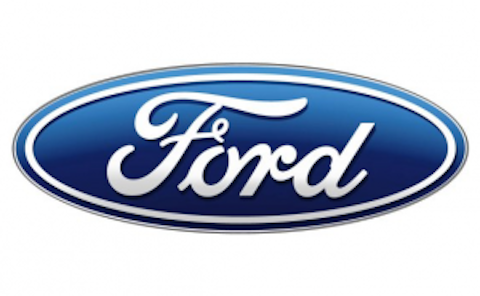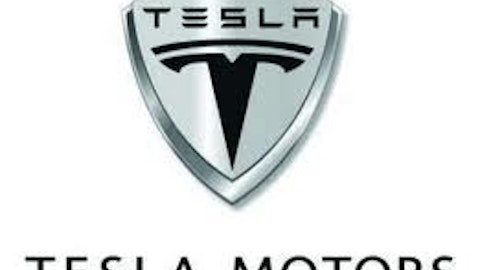
Here’s how U.S. vehicle sales came in last year, with projections for this year:
| Automaker | 2013 Projection | 2012 Final |
|---|---|---|
| General Motors | 2,852,000 | 2,595,717 |
| Ford | 2,423,000 | 2,243,009 |
| Toyota | 2,182,000 | 2,082,504 |
| Chrysler | 1,900,000 | 1,651,787 |
| Honda | 1,550,000 | 1,422,785 |
| Nissan | 1,254,000 | 1,141,656 |
Source: Autonews.com.
These estimates are crucial for companies to accurately prepare operations and inventories for consumer demand. Obviously, if management overestimates sales, then automakers will be left with excess inventory and may be forced to dish out large incentives to move vehicles. On the flip side, if management underestimates sales, they could be left with factories running under capacity, causing overhead to eat into profits. On top of that, companies risk losing sales and market share to competitors if they don’t have inventory to supply the demand. Automakers that can react quickly to demand or can manage estimates more accurately will put themselves in the best position to gain sales and market share. Let’s look at two risks that could cause automakers to fall short of their 2013 estimates.
Increased competition
It’s inaccurate to think that if sales continue to climb upward, it benefits only the players already entrenched in the market. The fact is, once a market becomes more profitable, it attracts more outside competition. If the U.S. market continues to creep toward its all-time high of vehicles sold, additional companies will be vying for their pieces of the pie.
Competition could come from multiple angles. It’s possible that a known automaker, such as Volkswagen, could turn into an even bigger U.S. player and steal a larger share of the markets and profits. It’s also very possible, according to KPMG’s survey of auto executives, that BRIC nations (Brazil, Russia, India, China) could be exporting a significant number of vehicles sooner rather than later. China and Brazil are expected to export 2 million vehicles within three to five years. Almost a quarter of the automotive executives expect India to be able to export a million vehicles as soon as this year. It’s possible that competition could come from these countries, and perhaps they will find success much as Japanese automakers did decades ago. That said, I don’t see it unfolding that way. I think that, rather than trying to penetrate a mature U.S. market, these companies will focus their attention with other nations inside the BRIC countries or South Africa. If I’m correct in that belief, increased competition may happen, but not soon enough to foil expectations for 2013.
Where’d my cash go?!
On Jan. 1, when the payroll tax cut expired, automakers and retailers held their breath, hoping it wouldn’t cause an immediate decrease in consumer spending. It didn’t have an effect on numbers in January, although it’s possible we could see it cause a slowdown in spending in the coming months. This is a real threat: Automakers are increasing estimates, and the consumer is a finicky creature who could abruptly change its spending habits. If the consumer sees the effect of the tax expiration, then it will be important for investors to watch its influence on spending. I believe this tax expiration is partially offset by record-low interest rates that will probably remain for the rest of 2013. However, when interest rates do rise in the future, it will exemplify this tax risk even more. This is especially true at a time when the consumer is deleveraging at a faster pace than seen in decades and has less cash to spend.
Bottom line
There remains uncertainty in our economy, even as we continue to see improvement. The risks I highlighted could cause a slowdown in auto sales in the second half of 2013, causing problems with the automakers’ estimates and thereby trickling down into other areas. But I believe there are enough positive factors that outweigh those risks. We have support from pent-up demand, improving home values, low interest rates, and declining (albeit slowly) unemployment. Those factors should be enough to have a nice year of sales for automakers, and they seem to agree. I think those factors also make Ford Motor Company (NYSE:F) and General Motors Company (NYSE:GM) strong buys, unless we see those risks gain momentum toward the back half of the year.
The article 2 Risks for Ford and GM originally appeared on Fool.com.
Fool contributor Daniel Miller owns shares of Ford. The Motley Fool recommends Ford and General Motors and owns shares of Ford.
Copyright © 1995 – 2013 The Motley Fool, LLC. All rights reserved. The Motley Fool has a disclosure policy.



